Profitability is essential for every business. Sometimes the way profit is acquired is considered a taboo. Profit should not be a taboo. Nobody wants to make a fortune striping down the customer, but profit is a vital part of the business game. Its widely accepted that even non profits need cash flow in order to operate and serve their purpose. Every small business or startup has to design and prepare a profit model in the early stages, before the product is out in the market. Businesses and products differ of course. In this article we share some profit-making models for businesses. See what better fits to your business.
Profitability models are essential for many reasons such as the long-term operations of the business but also for attracting investors. Never sell below your cost in order to have an attractive deal or believe you will have a huge volume of customers – users.
Profitability Models for businesses.
Free product, profit from advertisers.
This in one of the most common and successful profitability models that is used from apps nowadays. A model that social platforms like Facebook uses. The app is totally free and all the profit comes from the advertising. The big bet here is to manage to acquire a big number of users and then advertisers will want to jump in. A million of users would be a great deal for any app. After that of course you need to make sure that this number is stable and even growing.
Free product, user pays for upgrade.
In this case of a profit model, the basic features of the application are free, but there are more features if you choose to upgrade to the paid version. LinkedIn is a good example of this model, but also many other applications such as web development tools and plugins, productivity mobile apps etc. This model also requires a good volume of users and then mechanisms to turn the users to paid accounts.
Product priced on the cost of production plus a profit margin.
In this traditional model of profitability, the price is set from 2 to five times on the cost of production in order to cover running expenses and acquire some profit also.
Pricing based on the value you give to the consumer.
This is a rare model but possible for some organisations. If you can calculate the value your product makes to the consumer, like minimising expenses – saving money, and this is more than your cost of product, you can then charge according to the value you offer to them.
Price with consecutive low fees.
This is a very common model used for online businesses. With a monthly subscription or a yearly fee paid upfront. This model has the benefits of having cash flow every month, securing the clientele for the future and investing on the subscriptions for your next moves. The big advantage for the consumer is the low entry fee to have the product.

Price tailored to the customer.
In the case where a company needs to buy a product ( ex. Software) for one or more users, one solution is the pricing of the product according the number of users. Usually ready packages are offered to the buyer. This model is also found in the market combining features of the previously listed model.
Income from every transaction made.
This is a simple and widely used profit strategy. A model widely used to e-commerce business. Any transaction taking place on the platform, they have their cut from it. Amazon and ebay some of the most popular examples and nowadays almost all online shops with sellers and buyers as users have adopted this model.
Very low price but extra fees for support.
In this profitable model, the price of the product is low or even free. The consumer can use the product, software etc but will only be charged when he need some additional services such as a customization, adaptation, training or something extra.
Very low price with charges on additional features.
This pricing approach can work well if the price of your product can be low and at the same time having basic functionality. The user, with additional charge can buy more services and functions. This is a very competitive solution but the deal here is to provide good value on any chosen package for your consumer. Each customer is different, so having additional features will help them customise their version and save money.
Very low price with charges on consumables.
In this case the basic product is at a very low price again but consumables are charged to make profit out of the deal. Think about the printers nowadays. Low product price, pricey inks to buy once in a while. Sometimes the price of the original product can be even below the cost but the consumables (that are mandatory) will make the profit out of the sale. Be careful if you are choosing this for your product.
To sum up, we also would like to mention the Twitter model than started totally on funding from investors. There was no profit at the beginning, then the platform grew on users and they found the way to make profit out of it. Other businesses developed in a similar way but you understand that this requires more money, time and patience.
This article is based on the original published by Μartin Zwilling for inc.com

